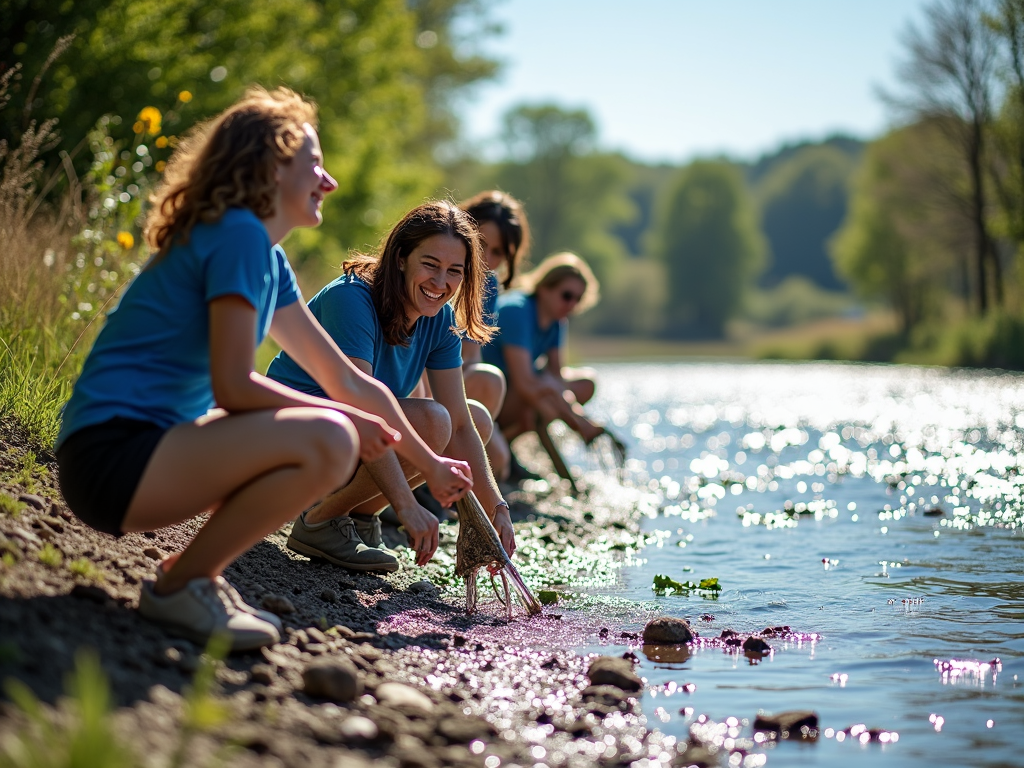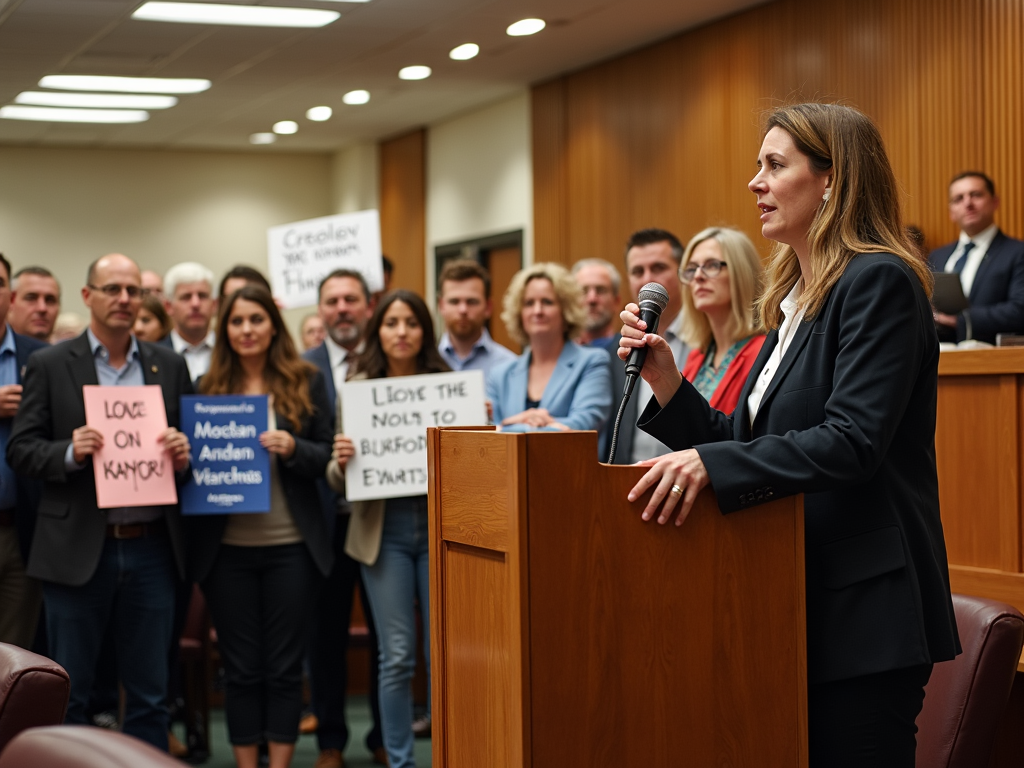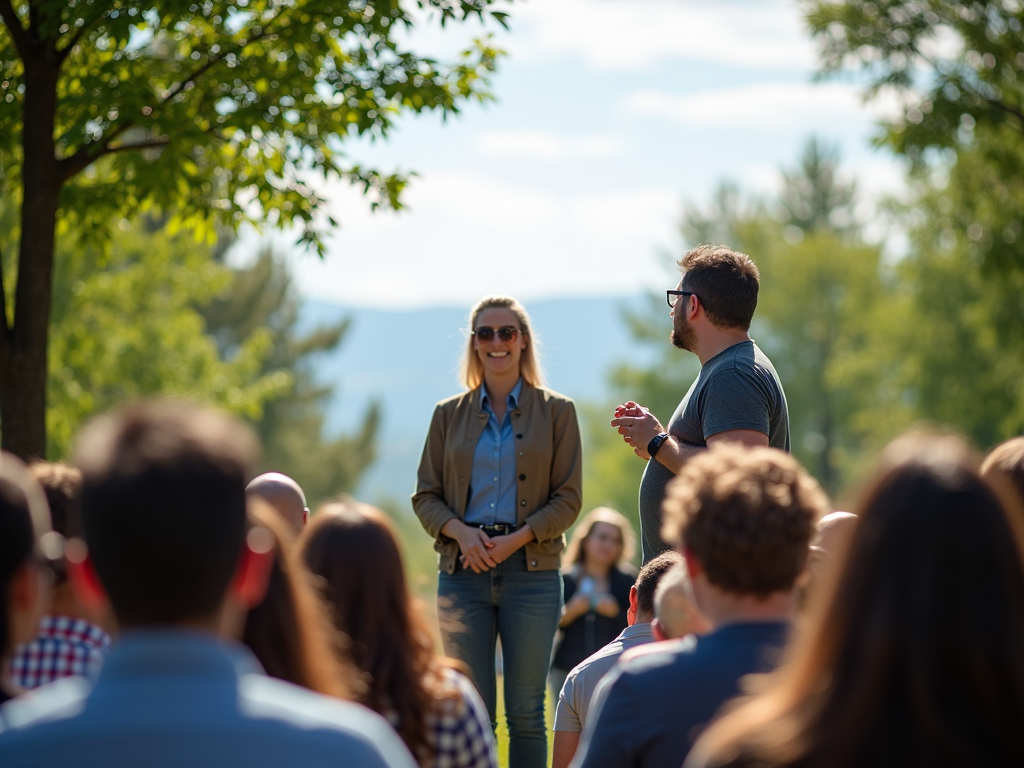The Power of Community Organizing: A Beginner's Guide
By , April 29, 2025
Community organizing is a powerful way to make a difference. It’s about bringing people together to tackle shared problems and push for change. Whether you’re new to this or just curious, this guide will walk you through the basics and show you how to get started.

What Is Community Organizing?
Community organizing means uniting people to solve common issues. It’s not just about helping out—it’s about changing the systems that cause those issues. Think of it as giving everyone a voice to shape their future.
For example, volunteering at a soup kitchen feeds people today. But organizing to fix why hunger exists—like pushing for better food policies—helps tomorrow. That’s the difference between direct service and advocacy.
This work matters because it empowers everyday folks. It can improve schools, healthcare, housing, or even the environment.

Why It’s Powerful
The power of community organizing comes from people working together. One voice might whisper, but a group shouts. It’s how regular people have won big changes—like cleaner parks or fairer laws.
I once joined a small group to save a local playground. We started with just five neighbors, but soon dozens cared. That’s when I saw how collective effort turns ideas into action.

Getting Started: Your First Steps
Ready to try community organizing? Start with what you care about. Love clean rivers? Hate potholes? Pick something close to your heart.
Next, find others who feel the same. Go to town halls, join online groups, or chat with neighbors. Relationships fuel this work.
Then, learn the facts. Why does the problem exist? Who’s affected? Solid info builds strong plans.
Here’s a simple list to begin: - Choose your cause - Meet like-minded people - Research the issue - Plan one small action

Building Connections Through Service
Service is a great way to start. It’s not just about doing good—it’s about meeting people. Volunteering builds trust and shows you’re serious.
Say you care about clean water. Helping at a river cleanup lets you bond with others who do too. Those bonds become the backbone of bigger efforts, like pushing for pollution laws.
I learned this firsthand at a food drive. Sorting cans with strangers turned into talks about hunger—and a plan to lobby city hall.

Advocacy in Action: Beyond Direct Service
Advocacy takes organizing further. It’s speaking up to fix the root of problems—not just the symptoms. Want safer streets? Volunteer to help kids cross, but also push for crosswalks.
How do you advocate? Try these: - Share your story online - Speak at public meetings - Write to leaders - Start a petition
Combining advocacy with volunteer work doubles your impact. It’s hands-on help plus big-picture change.

The Impact of Volunteer Work on Personal Growth
Organizing changes you too. You’ll pick up skills like speaking up, leading groups, and solving problems. These stick with you.
When I started, I was shy. But rallying folks for that playground forced me to talk—and listen. Now, I’m bolder and see issues differently.
It’s not just skills. You grow inside—more aware, more caring. That’s the hidden reward.

Tips for New Organizers
Starting can feel big, but keep it simple. Here’s what works:
| Tip | Why It Helps |
|---|---|
| Start small | Builds confidence with wins |
| Be patient | Real change takes time |
| Stay in it | Grit beats setbacks |
| Ask for help | Others know shortcuts |
| Cheer wins | Keeps you going |
Small steps lead to big results. Trust the process.

Real Stories, Real Change
Need proof it works? In 2018, a group in Oregon organized to stop a factory from polluting their river. They volunteered for cleanups, then lobbied lawmakers. Today, the water’s cleaner—because they combined effort with advocacy.
Stories like that show anyone can do this. You don’t need experience—just heart.

Community organizing lets you shape your world. It’s about connection, advocacy, and growth. Start where you stand—find your people, speak up, and keep going. You’ve got more power than you think.